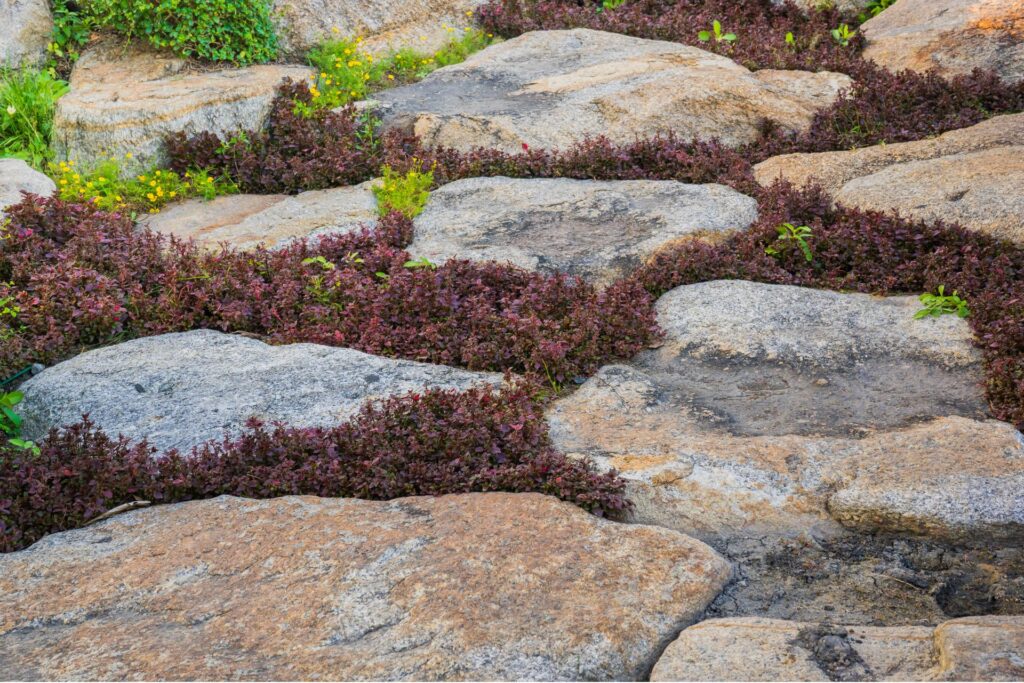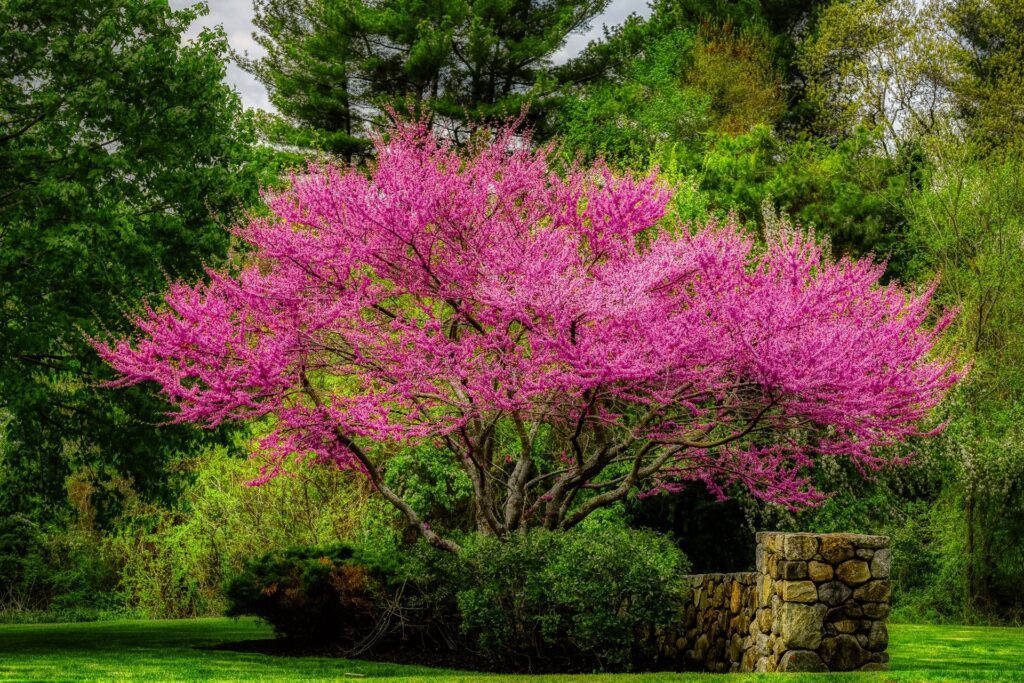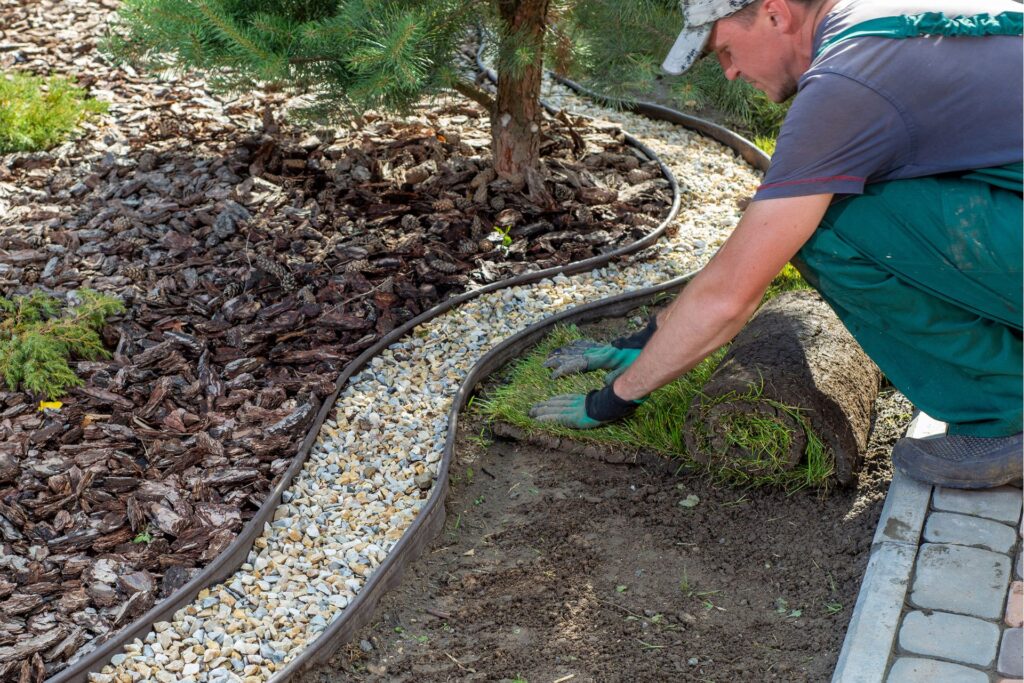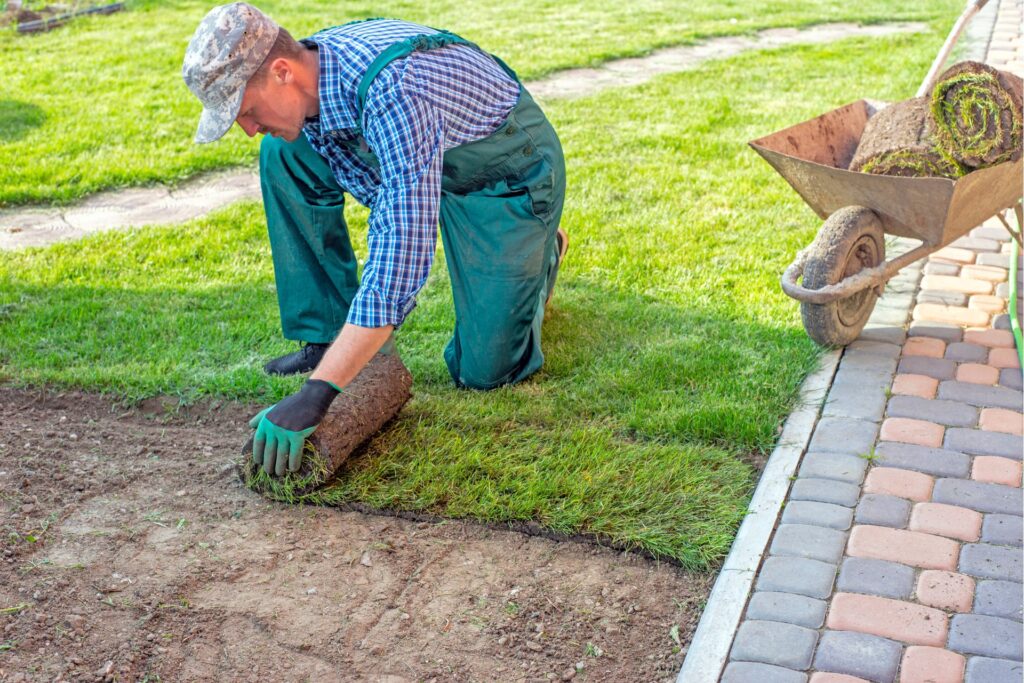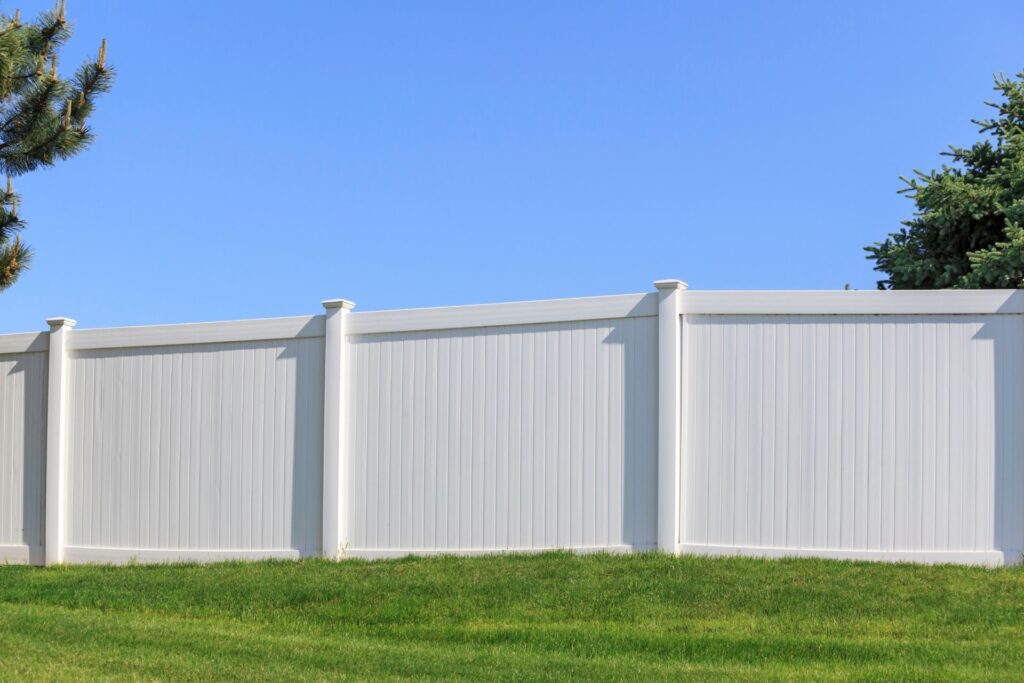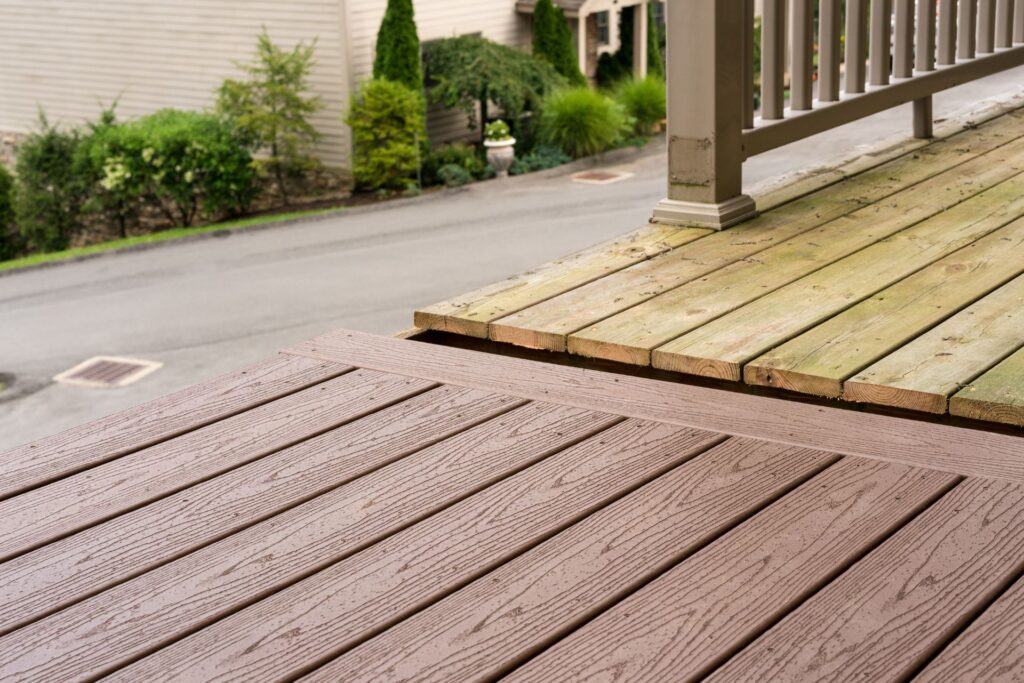Welcome to your guide on navigating the costs of large landscaping rocks in New Zealand. Whether you’re planning to revamp your garden or embark on a new landscaping project, understanding the financial aspect of using large rocks is crucial. These natural beauties not only enhance aesthetic appeal but also add structure and natural flow to outdoor spaces. In this post, we’ll explore various types of large rocks available, what influences their prices, and how to estimate the right quantity for your needs. By the end of this guide, you’ll be equipped with the knowledge to make informed decisions about incorporating large landscaping rocks into your designs, ensuring that you achieve both beauty and functionality within your budget.
On average, large landscaping rocks in New Zealand can cost anywhere from $60 to $300 per ton depending on the type and quality of the rock. For example, basalt, a popular choice for its durability and aesthetic appeal, might range between $100 and $300 per ton, whereas smoother river rocks often range from $60 to $250 per ton. Prices vary significantly based on the rock’s source whether it is locally sourced or imported and the region where it’s sold. To get the best value, consider the transportation costs and the quantity needed for your landscaping project.
- Types Of Large Landscaping Rocks Available In New Zealand
- Pros And Cons Of Each Type
- Factors Influencing The Cost Of Landscaping Rocks
- Average Prices Of Large Landscaping Rocks In New Zealand
- How To Calculate How Much You Need
- Tips For Buying Landscaping Rocks In New Zealand
- Installation And Maintenance Tips
- Alternatives To Large Landscaping Rocks
- FAQs About The Cost Of Large Landscaping Rocks NZ
- Conclusion
Types Of Large Landscaping Rocks Available In New Zealand
When it comes to landscaping, the choice of materials can significantly influence both the aesthetic and functional aspects of a garden or outdoor area. In New Zealand, the use of large landscaping rocks is popular among garden designers and homeowners alike, due to their natural beauty and durability. Here we explore the common types of large landscaping rocks available in New Zealand, including limestone, basalt, river rocks, and schist, along with their respective pros and cons.
Description of Common Rock Types
Limestone: Limestone is a sedimentary rock primarily composed of calcium carbonate. It is typically light in color, with shades ranging from white to gray. Limestone is popular in garden landscapes for its smooth texture and its ability to reflect light, brightening up dark areas of a garden.
Basalt: As an igneous rock, basalt is known for its dark, rich color and fine-grained texture. It forms from the rapid cooling of basaltic lava exposed at or very near the surface of a planet or moon. This rock is often used in landscaping for its robustness and modern look.
River Rocks: These are rounded, polished stones that have been naturally smoothed by the movement of water. River rocks come in a variety of sizes and colors, including browns, grays, whites, and even pinks, making them a versatile choice for decorative purposes in landscapes.
Schist: Schist is a metamorphic rock that contains abundant minerals with a layered appearance. It often glistens due to mica content and comes in various colors such as grays, browns, and greens. Schist is favored for its unique texture and dynamic appearance in garden settings.
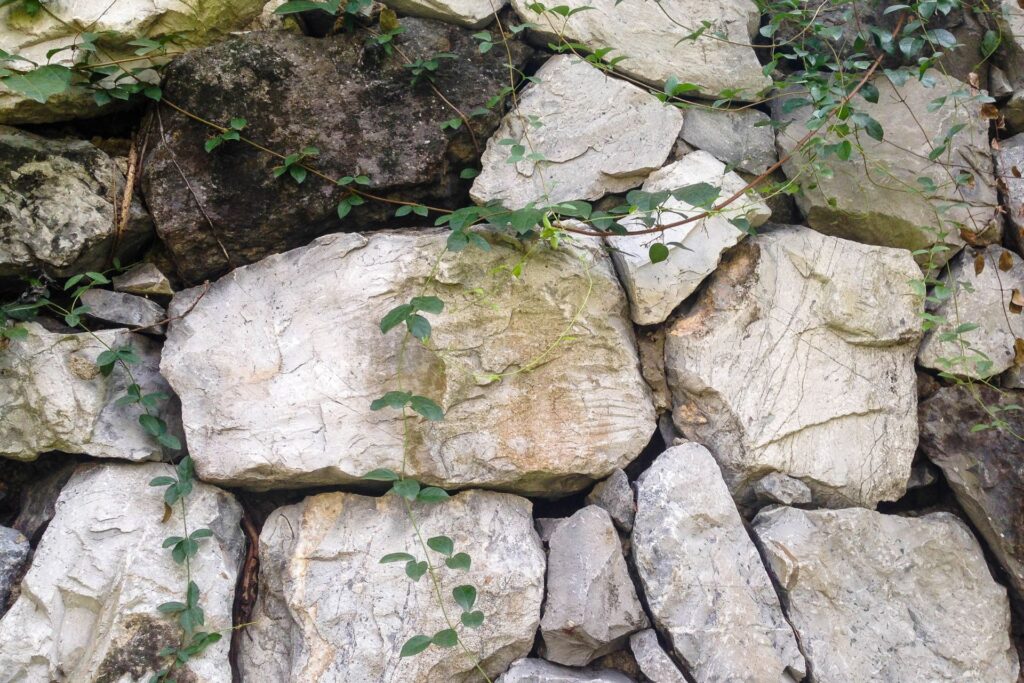
Pros And Cons Of Each Type
Limestone
- Aesthetic Appeal: Limestone’s light color palette can brighten landscapes and offer a classic look.
- Durability: While durable, limestone is susceptible to erosion by acidic conditions.
- Maintenance Requirements: It may require regular cleaning to prevent algae and moss buildup.
Basalt
- Aesthetic Appeal: Offers a contemporary, sophisticated look with its dark color.
- Durability: Extremely durable and resistant to weathering.
- Maintenance Requirements: Low maintenance, but can retain heat, which might affect plant growth nearby.
River Rocks
- Aesthetic Appeal: Their smooth and rounded appearance gives a soft, natural look to any landscape.
- Durability: Highly durable, they do not decompose or degrade over time.
- Maintenance Requirements: They can trap debris, requiring occasional cleaning to maintain their appearance.
Schist
- Aesthetic Appeal: The shimmering, layered look of schist adds depth and texture to landscapes.
- Durability: It is moderately durable but can split along layers over time.
- Maintenance Requirements: Like limestone, schist may need regular maintenance to handle debris and potential flaking.
Choosing the right type of landscaping rock depends on the specific needs and aesthetics desired for the space. Each rock type offers unique benefits and challenges, making it important to consider these factors when planning garden and landscape designs. Whether you’re aiming for a bright, elegant look with limestone or a robust, modern feel with basalt, the natural beauty of these stones can enhance any New Zealand garden.
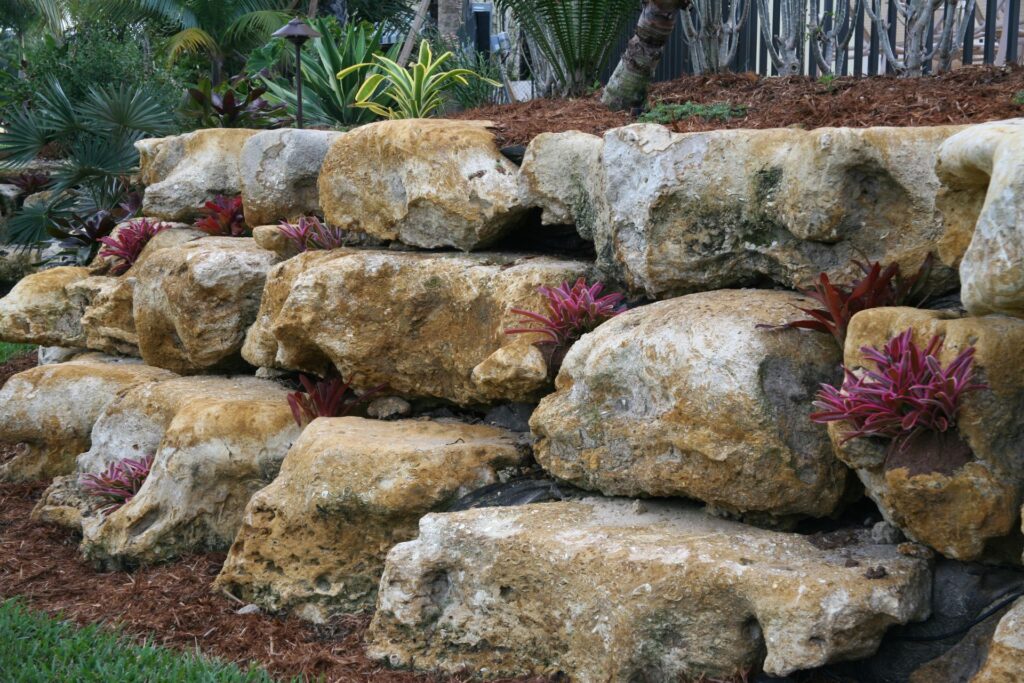
Factors Influencing The Cost Of Landscaping Rocks
When considering landscaping projects, the cost of materials, such as landscaping rocks, can vary significantly based on several factors. Understanding these variables can help you budget more effectively and make informed choices for your landscaping design. In this section, we delve into the key elements that influence the cost of landscaping rocks, including size and weight, source and availability, quality, and supply and demand dynamics.
Size and Weight
The size and weight of landscaping rocks are crucial factors that directly impact their cost. Larger and heavier rocks require more resources for transportation and handling, which in turn increases their overall price. For instance, heavier rocks might need specialized equipment such as cranes or more labor to move and place them, adding to the costs. Additionally, the distance over which the rocks need to be transported plays a significant role; longer hauls mean higher fuel and labor costs.
Source and Availability
Where landscaping rocks come from whether sourced locally or imported affects their price significantly. Locally sourced rocks are generally less expensive due to lower transportation costs. In contrast, imported rocks carry higher shipping expenses, which can escalate their final price. The availability of the rocks also influences their cost. Rocks that are abundant and easily accessible in a region will typically be cheaper than those that are rare or need to be sourced from specific, distant locations.
Quality of the Rocks
The quality of landscaping rocks affects their pricing, particularly in terms of longevity and appearance. High-quality rocks, although potentially more costly upfront, are usually more durable and maintain their aesthetic appeal longer than lower-quality alternatives. This means they do not need to be replaced as frequently, providing long-term savings. The texture, color uniformity, and resistance to weather conditions are all quality factors that can influence the cost of the rocks.
Supply and Demand Dynamics
The pricing of landscaping rocks is also subject to the basic economic principles of supply and demand. Prices can fluctuate based on the time of year and landscaping trends. For example, demand for certain types of rocks can spike in the spring and summer, leading to higher prices during these peak landscaping seasons. Conversely, prices might drop during off-peak times like late fall and winter when demand decreases.
Understanding these factors can guide you in making more cost-effective decisions for your landscaping needs. By considering the size and weight of the rocks, their source and availability, the quality, and the current supply and demand dynamics, you can better navigate the complexities of purchasing landscaping rocks and optimize your budget without compromising on your design vision.
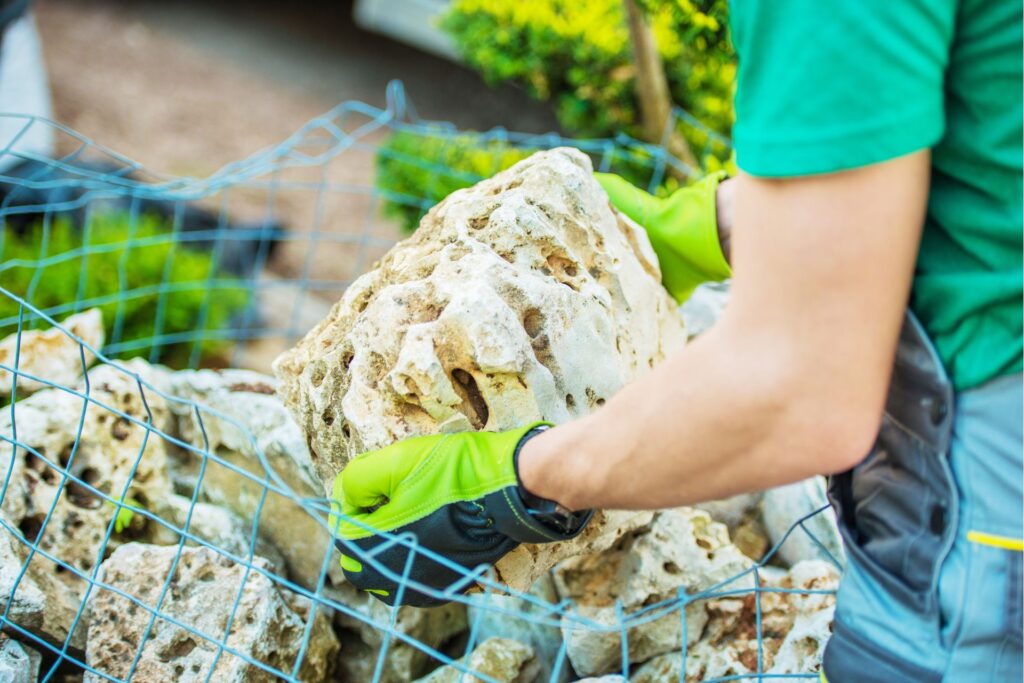
Average Prices Of Large Landscaping Rocks In New Zealand
When it comes to enhancing your garden or outdoor space in New Zealand, large landscaping rocks are a popular choice due to their natural beauty and durability. In this section, we’ll explore the average prices of these large rocks, delve into the variations in costs between different regions, and examine some real-world landscaping projects to give you a comprehensive understanding of what to expect when considering such an investment.
Price Ranges by Rock Type
The cost of large landscaping rocks in New Zealand can vary significantly depending on the type of rock you choose. Here’s a breakdown of some common types of rocks and their current average prices:
1. Basalt: Known for its dark, dense basaltic composition, this rock is ideal for creating dramatic, modern garden features. Prices typically range from NZ$100 to NZ$300 per ton.
2. Schist: With its layered appearance and rustic charm, schist is a favorite for traditional garden walls and features. Expect to pay between NZ$150 and NZ$400 per ton.
3. River Stones: Larger river stones are sought after for their smooth finish and rounded shape, making them perfect for natural-looking water features. Prices are usually around NZ$50 to NZ$200 per ton.
4. Limestone: This lighter-colored rock is great for brightening up shady areas and comes for NZ$120 to NZ$350 per ton.
Cost Comparison by Region
The cost of landscaping rocks can also differ based on where you are in New Zealand. Generally, prices in major cities like Auckland, Wellington, and Christchurch are slightly higher due to transportation costs and higher demand. For example, purchasing basalt in Auckland might be at the higher end of the spectrum compared to smaller, rural areas.
Conversely, regions closer to quarries where these rocks are sourced may enjoy lower prices. For instance, areas near the South Island’s West Coast, known for its schist quarries, might find more affordable rates.
Example Case Studies
To better illustrate the costs and applications of large landscaping rocks, let’s look at a few example case studies:
Auckland Residential Garden: A homeowner in Auckland used local basalt rocks to create a contemporary garden border. The project required 3 tons of basalt, costing around NZ$900, not including installation.
Christchurch Public Park: In a recent redevelopment, a public park in Christchurch utilized limestone to construct natural benches and features. This project used about 20 tons of limestone, totaling an expenditure of approximately NZ$7,000.
Rural Retreat in Queenstown: A private retreat near Queenstown incorporated native schist stones into its landscape design, focusing on a rustic look to match the surrounding alpine environment. The project involved 5 tons of schist costing about NZ$1,500.
Understanding these dynamics and price points can significantly aid in planning and budgeting for your landscaping project. Whether you’re a homeowner looking to upgrade your garden or a professional landscaper sourcing materials, being aware of the types of rocks available and their associated costs across different regions of New Zealand can make a substantial difference in your landscaping endeavors.
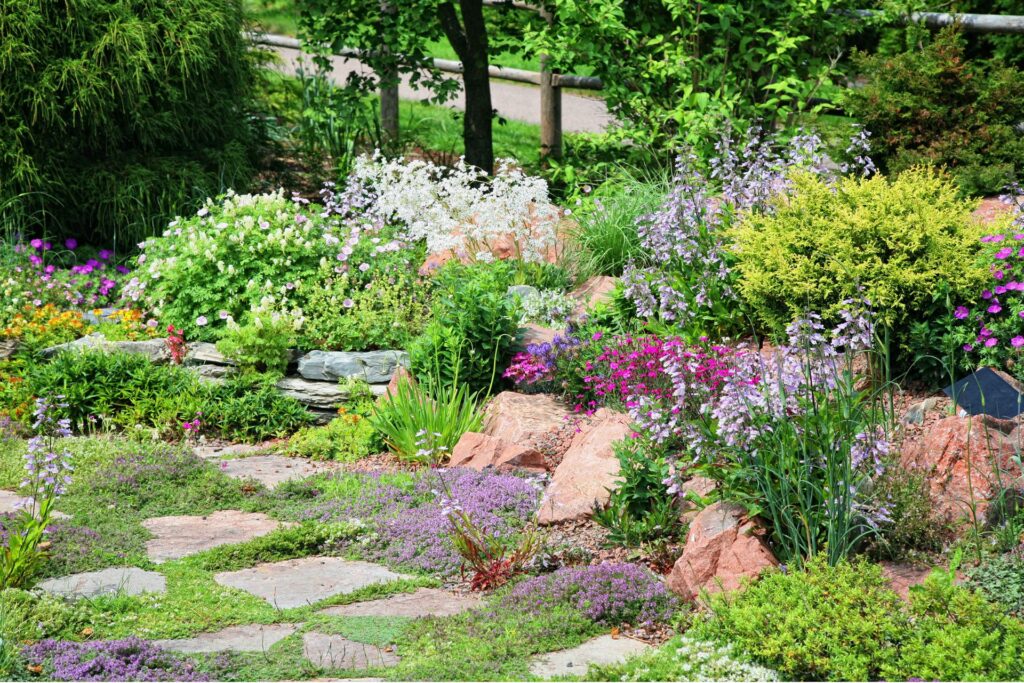
How To Calculate How Much You Need
Calculating the precise amount of materials needed for any landscaping project can save you both time and money, as well as help reduce waste. This section will guide you on how to estimate the quantity of rocks required for your landscaping and offer tips on reducing waste and over-ordering.
Estimating the Quantity of Rocks Required
The key to a successful landscaping project is ensuring you have the right amount of materials. Here’s how you can estimate the number of rocks needed for your landscape:
Measure the Area: First, determine the area where the rocks will be used. This could be a garden bed, a walkway, or around a pond. Measure the length and width of the space to calculate the total square footage. If the area is irregular, breaking it down into smaller rectangles can help make your measurements more accurate.
Decide on the Depth: Next, decide how deep you want the layer of rocks. Depth is crucial as it affects how much the rocks will cover. For most landscaping projects, a depth of 2 to 3 inches is typical.
Use a Rock Calculator: Many online calculators are available to help you determine the exact amount of rocks you need. These calculators usually require the square footage of the area covered and the desired depth of the rocks. They then output the cubic yards of rocks required.
Tips on Reducing Waste and Over-ordering
Over-ordering materials can be as costly as buying too little. Here’s how you can plan your landscape design efficiently to minimize waste.
1. Precise Measurements: Take precise measurements of your landscape area to avoid buying more rocks than necessary. Consider using marking paint or garden hoses to outline the area on the ground, which can provide a clearer vision of the required materials.
2. Consider Bulk Orders: If your calculations show you need a substantial amount of rocks, consider buying in bulk to reduce costs. However, ensure that the bulk order closely matches your calculated needs.
3. Factor in Contingencies: Always allow for a small amount of extra material to account for measurement errors or last-minute design changes. A common practice is to add 5-10% more rocks to your calculated needs.
4. Sustainable Practices: Use environmentally friendly practices by choosing locally sourced rocks to reduce transportation impacts and support local businesses.
By following these steps, you can accurately estimate the amount of rocks needed for your landscaping project and apply strategies to minimize waste. This not only ensures a smooth project flow but also helps in maintaining environmental sustainability.
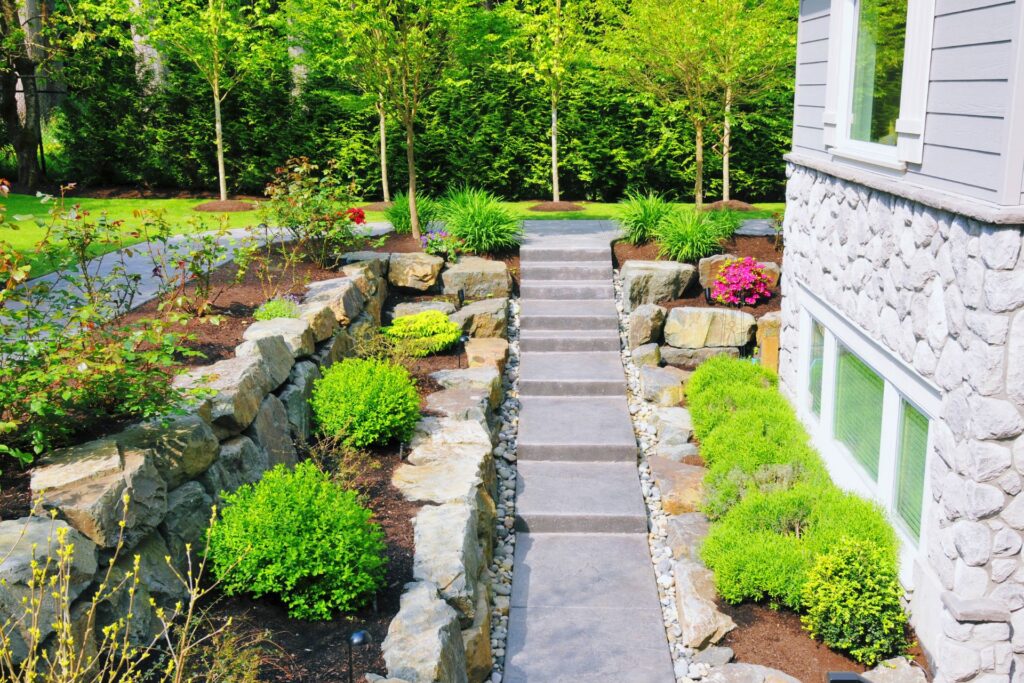
Tips For Buying Landscaping Rocks In New Zealand
Landscaping rocks are a fantastic way to add natural beauty and structure to your garden or property. Whether you’re planning a small garden project or a large-scale landscape design in New Zealand, selecting the right rocks and getting them at the right price is crucial. Here’s a detailed guide on how to buy landscaping rocks in New Zealand, including where to find suppliers, what to look for, and how to negotiate prices.
Where to Buy Landscaping Rocks
Finding a reliable supplier is the first step in the process. New Zealand boasts a variety of reputable landscaping rock suppliers across different regions. Here are a few suggestions on how to locate these suppliers:
Local Garden Centers and Nurseries: Start by checking out local garden centers and nurseries. They often stock a range of landscaping rocks and can offer valuable advice on which types would best suit your project.
Specialist Stone Suppliers: For a broader selection, consider visiting specialist stone suppliers. These businesses usually have a wide variety of rocks, including exclusive or unique types that you might not find elsewhere.
Online Marketplaces: Websites like TradeMe or local Facebook gardening groups can be excellent sources for finding deals on landscaping rocks. You might also find private sellers who are clearing out excess stones at a lower price.
Quarries: If you need a large quantity of rocks, contacting a local quarry could be a cost-effective solution. Quarries typically offer wholesale prices, making them ideal for bigger projects.
What to Look for When Buying Landscaping Rocks
Choosing the right rocks involves more than just picking the ones that look the best. Here are some key factors to consider:
Type of Rock: Understand the different types of rocks available, such as river rocks, lava rocks, or decorative gravel, and what suits your landscaping needs.
Size and Shape: Consider the size and shape of the rocks. Uniform sizes might be important for some designs, while varied shapes can add a natural aesthetic to others.
Quality: Check for consistency in texture and color, signs of weathering, and any irregularities. Ask the supplier about the source of the rocks and how they have been stored.
Environmental Impact: Opt for locally sourced rocks to reduce environmental impact and support local businesses.
Negotiating Prices
Getting the best deal on landscaping rocks requires some negotiating skills and timing. Here are some tips to help you secure the best prices:
Bulk Purchases: Buying in bulk often allows you to negotiate a better rate. If you’re undertaking a large project, ask for wholesale or discounted pricing.
Seasonal Buying: Prices can fluctuate based on demand. Typically, buying during the off-season, such as late fall or early winter, can result in better deals as suppliers are looking to clear inventory.
Comparison Shopping: Get quotes from several suppliers to compare prices. Don’t hesitate to let suppliers know you are comparing; they may offer you a better deal to secure your business.
Ask for Deals: Some suppliers might have damaged or irregular pieces they are willing to sell at a reduced rate, which can be a great option if you are looking for more rustic charm.
Buying landscaping rocks in New Zealand can greatly enhance your property’s appeal. By following these tips and carefully selecting your suppliers and materials, you can ensure that your landscaping project is as cost-effective as it is beautiful. Remember to consider the aesthetic, functional, and financial aspects of your purchase to make the most informed decision.
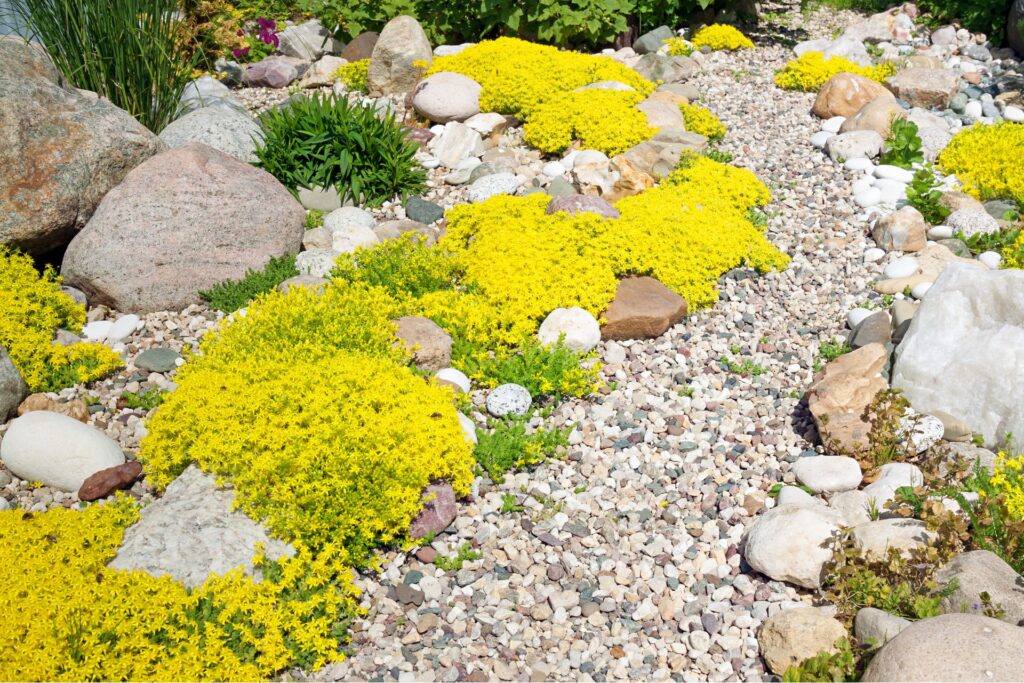
Installation And Maintenance Tips
Landscaping rocks can transform the aesthetic of any outdoor space, providing a natural, durable, and low-maintenance addition to gardens and yards. However, whether you should install these rocks yourself or hire a professional, and how you should maintain them, are important considerations. This guide offers detailed insights into both DIY and professional installation of landscaping rocks, as well as practical tips for their maintenance.
DIY vs. Professional Installation of Landscaping Rocks
When it comes to installing landscaping rocks, homeowners often ponder whether to take on the project themselves or to hire a professional. Here’s a detailed look at both options:
DIY Installation
Pros
Cost Savings: One of the biggest advantages of DIY installation is the potential for cost savings. By avoiding labor costs, you only spend on materials.
Flexibility: Handling the installation yourself allows you to work at your own pace and make adjustments as you see fit.
Personal Satisfaction: Completing a DIY project can bring a sense of achievement and personal satisfaction.
Cons
Physical Labor: Installing landscaping rocks can be physically demanding. The process involves heavy lifting and precise placement, which might be challenging without specialized equipment.
Time-Consuming: Without professional tools and experience, DIY projects can take longer to complete, potentially stretching over several weekends.
Risk of Improper Installation: There’s a risk that without professional expertise, the installation might not be done correctly, affecting both aesthetics and functionality.
Professional Installation
Pros
Expertise and Efficiency: Professionals bring experience and efficiency to the table. They have the right tools and knowledge to handle unexpected issues such as soil irregularities and drainage concerns.
Time Savings: A professional team can complete the installation much faster than a DIY approach.
Long-Term Durability: Proper installation by experts ensures longevity, reducing the risk of shifts and settlements in the rocks.
Cons
Higher Cost: The primary drawback of hiring professionals is the cost. Labor can significantly add to the overall expenses of the project.
Less Control: With professionals handling the job, you might feel you have less control over the process and the final appearance.
Maintenance Requirements for Landscaping Rocks
Maintaining the appearance and integrity of your landscaping rocks is crucial for ensuring they continue to enhance your garden without requiring frequent replacements. Here are essential maintenance tips:
Regular Cleaning: Wash the rocks periodically to remove dirt and debris. You can use a hose or a pressure washer for a deeper clean.
Weed Control: Apply a pre-emergent herbicide annually, or use a weed barrier under the rocks during installation to minimize weed growth.
Replenishment: Over time, some rocks may sink or get displaced. Check annually and add more rocks as needed to maintain a full, even appearance.
Check for Erosion: Inspect the area regularly for signs of erosion, especially if the rocks are used on slopes. You might need to rearrange them or add more to prevent soil loss.
Pest Inspection: Ensure that no pests are nesting or hiding among the rocks, as this could lead to larger infestations.
Implementing these tips will help maintain the aesthetic appeal and structural integrity of your landscaping rocks, making them a lasting part of your outdoor decor.
By carefully weighing the pros and cons of DIY versus professional installation and adhering to straightforward maintenance practices, you can ensure that your landscaping rocks remain a beautiful and functional aspect of your garden for years to come.
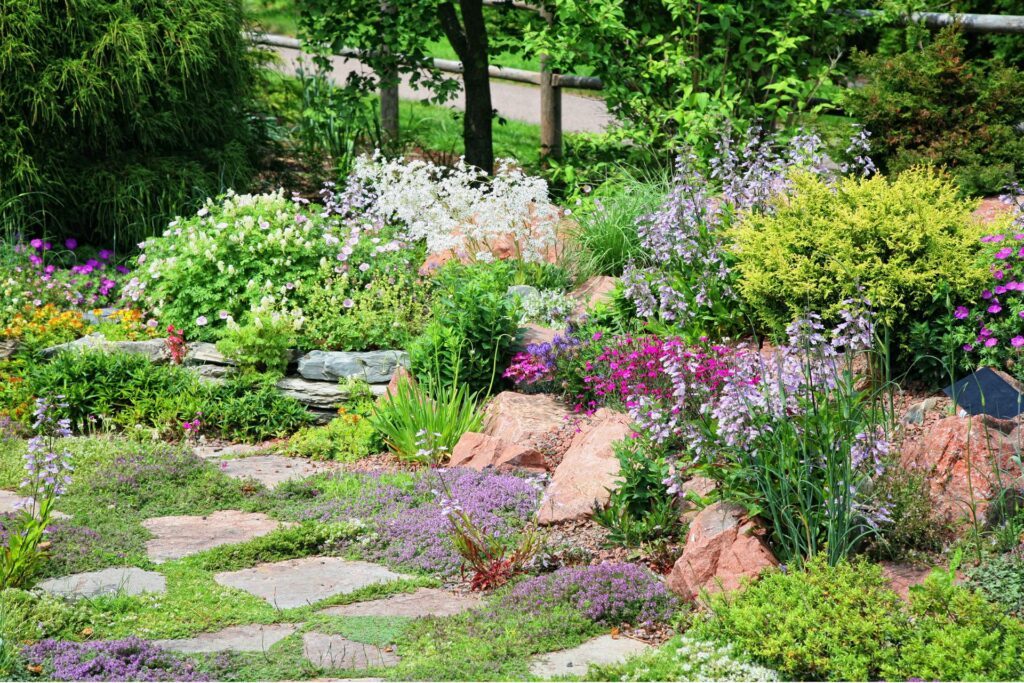
Alternatives To Large Landscaping Rocks
When considering the aesthetics and functionality of your garden, large landscaping rocks provide a striking natural element. However, they might not always be the best choice for every garden scenario due to their size, weight, and cost. This section delves into various alternatives to large landscaping rocks, comparing their benefits and practical uses, to help you make an informed decision for your landscaping needs.
Understanding Different Landscaping Materials
Mulch
Mulch is a popular alternative to large rocks due to its versatility and the benefits it offers to soil health. Available in organic forms, like wood chips or bark, and inorganic forms, like rubber, mulch can enhance soil fertility and moisture retention, prevent weed growth, and provide a clean, uniform look to garden beds. It’s particularly useful in flower beds and around trees where it can break down over time, adding nutrients back into the soil.
Gravel
Gravel is another excellent choice, especially for paths, driveways, and as a ground cover. It’s smaller and easier to handle than large rocks, and it comes in a variety of sizes and colors, allowing for creative design flexibility. Gravel facilitates drainage and, when used with a stabilizing underlayer, it remains in place, providing a durable surface that resists erosion.
Synthetic Materials
For those seeking a more modern look or a less labor-intensive solution, synthetic materials like rubber mulch or faux rock coverings can be appealing. These materials are lightweight, often made from recycled plastics, and are available in a range of colors and textures. They don’t offer the same environmental benefits as organic mulch but are excellent for providing a long-lasting, maintenance-free appearance.
Cost-effectiveness and Practicality of Alternatives
Choosing the right landscaping material often comes down to cost and practicality. While large landscaping rocks are durable and low-maintenance, their initial cost and the effort involved in transporting and placing them can be prohibitive. Here’s when it might be better to opt for alternatives:
Smaller Spaces: In smaller gardens or areas with limited access, transporting and positioning large rocks can be impractical. Smaller materials like gravel or mulch are much easier to handle and can be spread more uniformly.
Budget Constraints: If budget is a key concern, mulch and gravel are cost-effective options. They are generally less expensive than large landscaping rocks and can cover larger areas at a lower cost.
High-Maintenance Areas: In areas that require frequent maintenance, such as vegetable gardens or high-traffic paths, materials like mulch or gravel can be more practical. They allow for easier access and can be replaced or replenished as needed without significant disruption to the surrounding landscape.
Environmental Considerations: For those looking to improve soil health and support sustainable gardening practices, organic mulches provide advantages that synthetic or rock-based materials cannot match, such as enhancing soil structure and supporting beneficial microbial activity.
While large landscaping rocks have their place in garden design, exploring alternatives like mulch, gravel, and synthetic materials can provide flexible, cost-effective, and practical solutions tailored to specific landscaping challenges. By considering the specific needs of your space and balancing aesthetics with functionality, you can choose the right materials to enhance your outdoor environment.
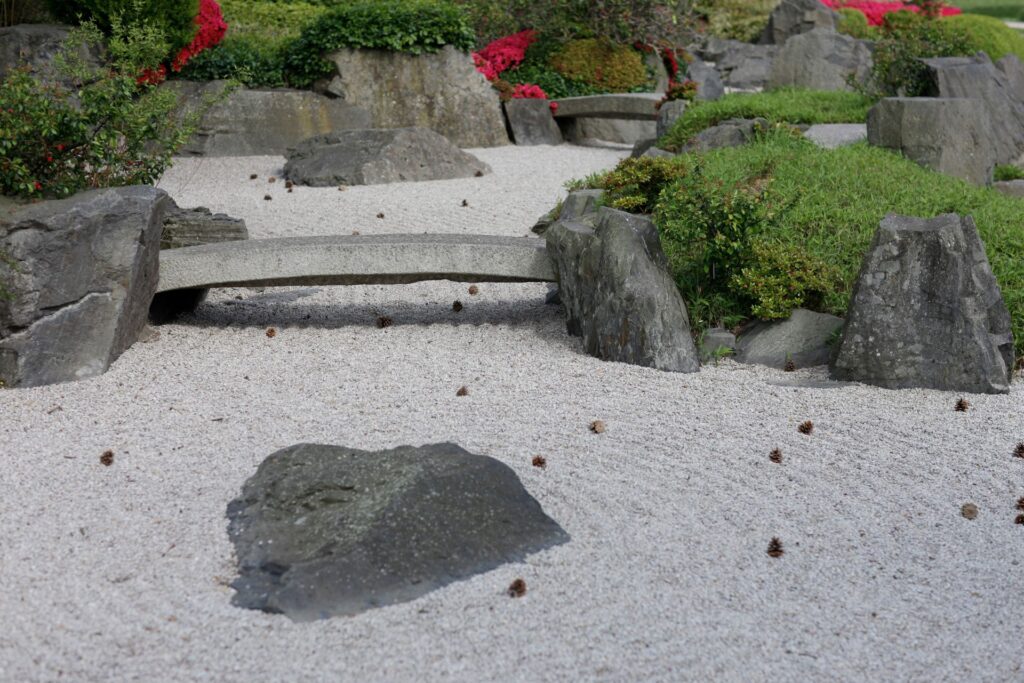
FAQs About The Cost Of Large Landscaping Rocks NZ
Conclusion
When selecting rocks for construction, landscaping, or decoration, it’s essential to understand the associated costs and choose the right types carefully. Costs can vary significantly depending on the rock type, origin, and processing methods, impacting your budget and project outcome. Moreover, choosing the right rock involves more than aesthetics; factors like durability, maintenance, climate suitability, and environmental impact play critical roles. Encouraging buyers and project managers to consider these elements comprehensively ensures that decisions are not only cost-effective but also sustainable in the long run. By weighing immediate costs against long-term benefits, you can make informed purchases that meet your practical needs, financial goals, and environmental values, leading to successful and satisfying outcomes in rock selection.
About the Author:
Mike Veail is a recognized digital marketing expert with over 6 years of experience in helping tradespeople and small businesses thrive online. A former quantity surveyor, Mike combines deep industry knowledge with hands-on expertise in SEO and Google Ads. His marketing strategies are tailored to the specific needs of the trades sector, helping businesses increase visibility and generate more leads through proven, ethical methods.
Mike has successfully partnered with numerous companies, establishing a track record of delivering measurable results. His work has been featured across various platforms that showcase his expertise in lead generation and online marketing for the trades sector.
Learn more about Mike's experience and services at https://theleadguy.online or follow him on social media:

